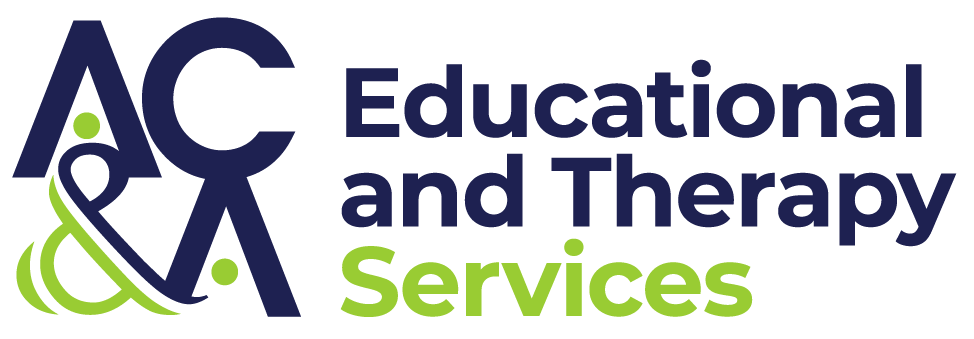
Would you believe in a nondrug treatment that works for arthritis, cancer pain, Parkinson’s, and incontinence and improves your strength and endurance? There is one — physical therapy.
When a person gets injured or has a prolonged illness, doctors often recommend physical therapy. In the case of older people, though, sometimes this is seen as just something to “try.” This could not be further from the truth. Physical therapy is “A-quality” therapy for many conditions affecting older people, from Alzheimer’s to urinary incontinence. In fact, one researcher did a study in which you had to be 100 years of age to even participate!
According to Jennifer M. Bottomley, PhD, MS, PT, president of the geriatrics section of the American Physical Therapy Association (APTA) and adviser to the surgeon general, one of the main things that brings older people to the physical therapist is a fall. “They want and need to maintain their independence,” she says.
“It’s important to look at each individual,” stresses Tim Kauffman, PT, PhD, professor of physical therapy at the Hahnemann campus of Drexel University in Philadelphia. “Every person of any age has an individual background, say an auto accident, football injury, genetic predispositions. No two ‘old’ people are the same.”
According to APTA, physical therapy can restore or increase strength, range of motion, flexibility, coordination, and endurance — as well as reduce pain. Another important role is to retrain the patient to do everyday tasks.
Guy Davidson, of Tempe, Ariz., was 70 when he had a stroke following bypass surgery. The formerly busy minister could not speak, his right leg would not support him, and his right arm hung straight down. He went into rehab for three months. At first he could only sing, which uses a different portion of the brain than speaking, but gradually he began to speak. After many stressful sessions (“I would be sweating,” he admits), he regained much use of both his arm and leg and can dress himself, drive (he took lessons), and work full time. Now he’s back in the hospital every day — visiting sick parishioners.
Conditions Helped by Therapy
Physical therapy referrals are appropriate and helpful for many problems thought of as affecting older people.
Take arthritis, for example. By 65, almost everyone has it in their spine, Kauffman says, though not everyone has symptoms. Besides taking a pill, suffers can avail themselves of many types of physical therapy — aquatic, hot packs, electrical stimulation, ice to reduce swelling, there is a long list. “We emphasize strength, range of motion, balance, and coordination,” Kauffman says.


